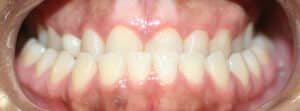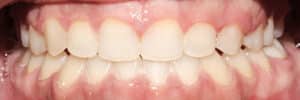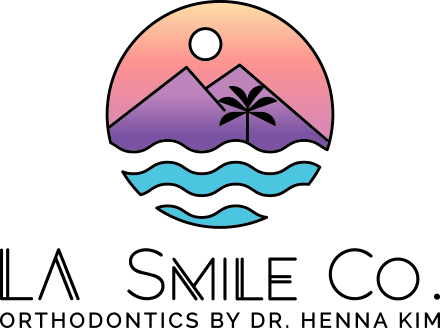Underbites, where the lower teeth protrude beyond the upper teeth when the mouth is closed, can affect both the aesthetics and function of a person’s smile. While braces are commonly associated with straightening teeth, many wonder if they can also correct underbites, particularly in adults. Let’s delve into this question and explore the treatment options available.
Understanding Underbites:
An underbite occurs when the lower jaw extends further than the upper jaw. This misalignment can be caused by genetics or abnormal jaw development. Underbites can lead to difficulties in chewing, speech impediments, jaw pain, and self-esteem issues due to the altered facial appearance.
Traditional Braces and Underbites:
Braces are a standard orthodontic treatment for correcting various dental misalignments, including underbites. Traditional braces use brackets and wires to apply gentle pressure to the teeth, gradually shifting them into the desired position.
In cases of mild underbites, braces work by gradually moving the lower teeth backward and the upper teeth forward, bringing them into proper alignment with the consistent use of elastics. This process requires time and patience, typically spanning several months to a few years.
Adult Patient with Complete Underbite/Crossbite
Before:

After Orthodontic Treatment:

Combining Braces with Other Treatments:
In some instances, correcting an underbite may require more than just braces depending on the severity of the bite discrepancy. Orthodontists may recommend additional treatments or procedures to achieve optimal results. These can include:
-
- Orthognathic Surgery: For severe underbites caused by skeletal discrepancies, orthognathic surgery may be necessary. This surgical procedure involves repositioning the upper or lower jaw to correct the misalignment. Braces are often used in conjunction with orthognathic surgery to fine-tune the alignment of the teeth before and after the operation.
- Extractions: For those with moderate underbites, extractions of 1 or more teeth may be enough to correct the malocclusion without jaw surgery.
- Retainers: Following orthodontic treatment, wearing retainers is crucial to maintain the results achieved. Retainers help prevent the teeth from shifting back into their original positions and ensure long-term stability.
Factors Affecting Treatment Outcomes:
The success of underbite correction with braces in adults depends on various factors, including:
- The severity of the underbite
- The patient’s age and overall dental health
- Bone density and jawbone structure
- Compliance with treatment recommendations
- The skill and expertise of the orthodontist
It’s essential for adults considering underbite correction to consult with a qualified orthodontist who can assess their specific case and recommend the most appropriate treatment plan.
While braces can indeed help correct underbites in adults, the complexity of each case may vary, and additional treatments or procedures may be necessary for optimal results. With advancements in orthodontic technology and techniques, adults seeking to address their underbites have more options available to them than ever before. Consulting with a knowledgeable orthodontist like Dr. Henna Kim at LA Smile Co. Orthodontics is the first step toward achieving a healthier, more balanced smile and improved overall oral health. Remember, every smile is unique, and personalized treatment plans are key to successful outcomes.






